More specifically, how we see the world and translate it into art.
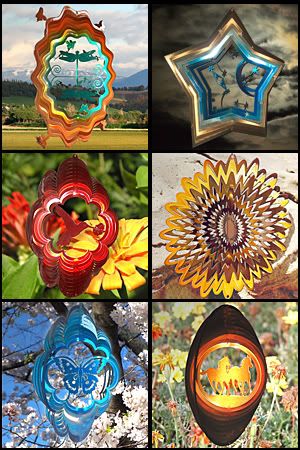
I was walking by one of those somewhat tacky rainbow “wind spinners” in my neighborhood last night and thought about how someone many moons ago conceptualized that idea(original wind spinners, not this computer generated rainbow unicorn one), probably involved lots of Maths (let me be British for a minute!), science, precision, studied the changes in wind patterns and how it would play off the foil and was able to manifest their idea into a tangible creation.
My subsequent thoughts were how I myself am not very “math” minded. -kicks up dirt- But I feel like, depending on your interests, if you’ve recently read something impactful, seen a movie that intrigued you, done psychedelic drugs, or are engrossed in a specific project- that it can affect how you see the world. Even if temporary, it’s a residue that sticks with you—like leaving an espionage flick only to think everyone in the Common has a sight pointed at your head, or a scary movie where you check under your bed five times and triple lock the doors that night. And I imagine to a certain degree, some of the way in which we see the world is hard-wired. More math inclined individuals, like architects, might see things as lines, shapes, angles, trying to find pattern and order in things, objects against negative and positive spaces and configurations whereas I think my field of vision is more inclined to pick up on colors, textures, and Dippin’ Dots™ kiosks.
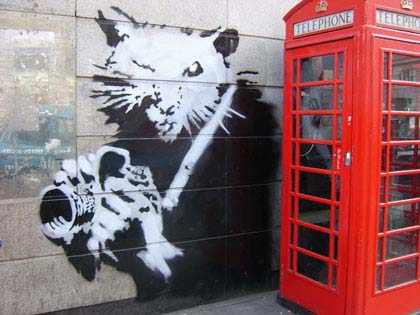
Banksy
When I used to spray paint, I created so many vectors and stencils that I began to see the world as a vector of sorts without much mental effort. I could flatten a scene/image, determine the negative and positive spaces, and think about objects in topographical layers according to subtle depth and color shift if I needed to.
If you look at the various artistic movements throughout history, they almost act like different chapters —documenting artists’ changing interpretations of their environment over time. Different CHAPTERS in this BOOK we call LIFE. Deep, baby. Painterly more forgiving strokes of the Impressionists, the Fauvists’ ability to present subjects in unusual hues— jawline shadows in blues, water in yellows, things not seen in nature but are still somehow tied together into a cohesive piece. And then later on when things really got batty with Surrealists’ ability to pull from dreamscapes, and whatever was happening in abstract expressionism.

Let’s take a quick look at one of Picasso’s pieces, Maya with Doll (note:this piece was actually stolen, so if you see it-give it back!) What an interesting somewhat cubist manipulation of form, color and exaggeration of aspects. I could never interpret the world as he did even if I tried, I wouldn’t know where to even begin—what parts of a form to magnify, distort, or diminish. When I was in highschool, I remember thinking of Picasso as a crutch. I figured my inability to represent properly proportioned figures with a No. 2 pencil could fall under the Picasso umbrella, veiling itself as artistic style, expression. .. My teacher wasn’t buying it, B+.
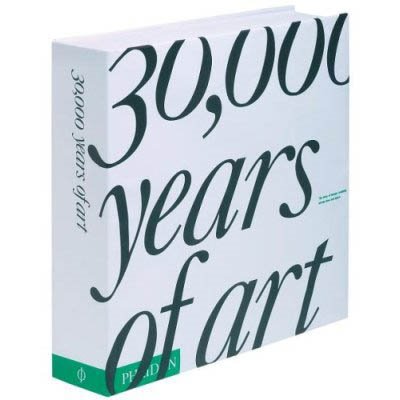
A good book to look through if you are interested in the way different movements formed around the world over time and connect is Phaidon’s 30,000 Years of Art. I’m still plugging away in B.C., but it’s a great resource to have.
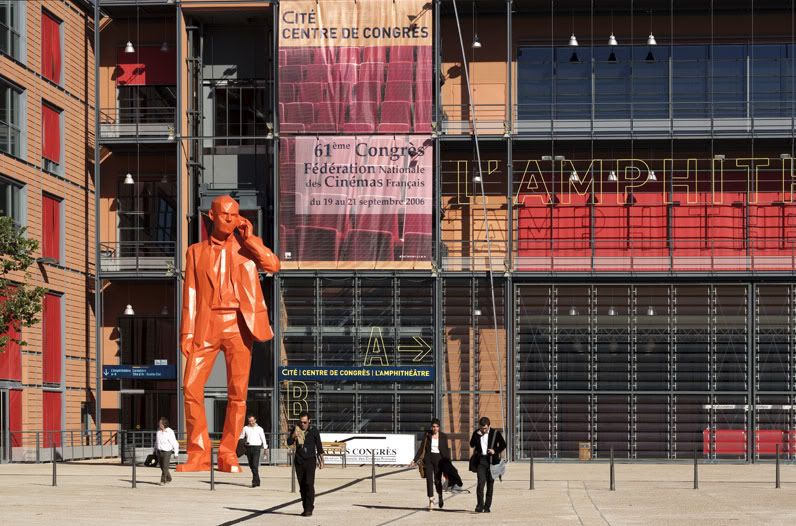
This a.m. I came across an article about Xavier Veilhan, whose most recent work at Versailles I linked to a few months back . He is able to see the world in terms of facets, and as the article suggests…MULTI-FACETS. The cynic in me wonders how much stems from his own imagination and how much can be assisted with the use of computer modeling and the likes? But there is a definite creative presence and sensitivity towards the viewer in his work:
“My approach on shows in general is not to produce pieces, but to produce an experience of the show in the viewer’s mind. My starting point is the feeling of the memory that the viewer will have more than the actual object. I was always very interested in the history of “Exposition Universelle,” or any kind of show, even a non-art show. The history of exhibition is very important to me and the show itself is more important than the elements that build it. Visiting an exhibition is like driving through a landscape with visual elements appearing; and what I like is to make a kind of dramatic compilation of those elements; they will reach the viewer’s mind.”
It’s interesting how something so seemingly geometric and cold can have such a human aspect to it.
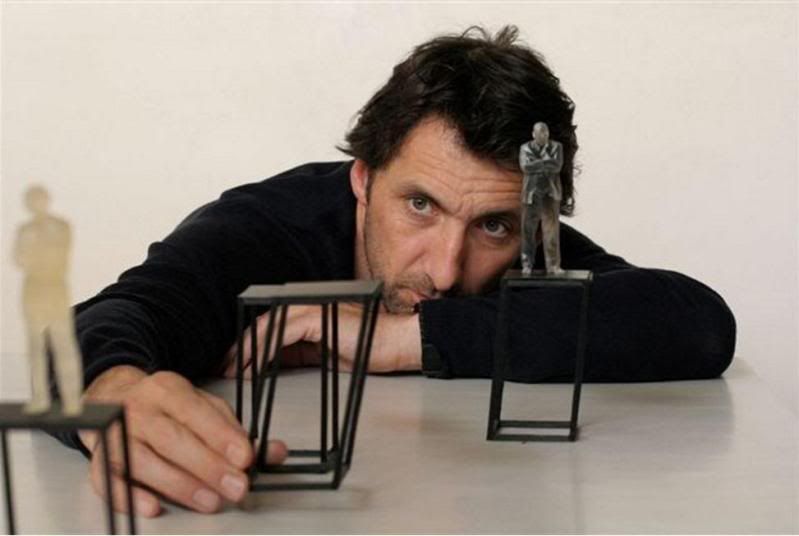
Just read an interview with Veilhan in Art Observed:
X.V.: I don’t have the approach that a lot of people have: the separation between science dur and soft science? Mathematics on one hand and how do you say?
AO: Humanities on the other
X.V.: Exactly… I like Socrates and Plato you know…
AO: Back when there was no separation right?
X.V.: Exactly.
I am reading a lot on mathematics of random, it’s quite interesting… You know, the periodic table also is interesting. Everything is on this sheet of paper it’s a list of everything; it’s a conceptual piece (Laughs…) actually. That’s the kind of thing I like but don’t ask me why.
AO: Why?
X.V.: [Laughs] Even elements that don’t disintegrate are all made out of smaller parts. Body made out of atoms for example that are much older than the body and will survive after the body. It’s beautiful.
—
Quite a lengthy and in-depth interview worth reading, but I’ll leave you with this last exchange which I found insightful:
—
AO: What is the relationship between photographic practice and your sculptural pieces?
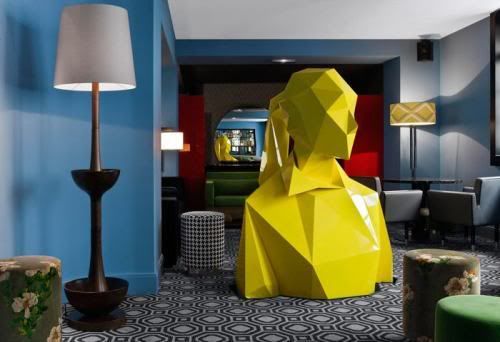
X.V.: Well there are many renditions. First I use the scanning technique a little bit like a 3 dimensional photograph, but related to the original photography: back in 1870 when photography appeared, it was used for landscapes or monuments. But then, when the technique allowed it, people started to pose for photographs, and they had to pose for quite a while…. My models had to stand still for 45 minutes, which lets them get into a certain “their own” position. There is no psychology added from me. The second thing is the approach that tourists have to Versailles: going through the medium of photography. People are not looking at things, but taking pictures of them. And I am interested in this kind of delay. You take a picture, especially at the numeric age, and it is not something you really saw, its not something that you will look at 10 years after, it is to look at when you are in the plane going back home. This kind of delay is what I am interested in.
All the kind of games that people are playing with photography, like posing, faking the sculpture, playing different 3 dimensional games… That I like a lot, because it is a kind of post visual and physical contact they have with the monument.





